In a private letter written in 1918, the recently deposed German chancellor Theobald von Bethmann-Hollweg admitted that in the run-up to the Great War, “there were special circumstances that militated in favor of war, including those in which Germany in 1870-71 entered the circle of great powers” and became “the object of vengeful envy on the part of the other Great Powers, largely though not entirely by her own fault.”
Yet Bethmann saw another crucial factor at work: that of public opinion. “How else,” he asked, “[to] explain the senseless and impassioned zeal which allowed countries like Italy, Rumania, and even America, not originally involved in the war, no rest until they too had immersed themselves in the bloodbath? Surely this is the immediate, tangible expression of a general disposition toward war in the world.”
The Austrian writer Stefan Zweig got a taste of the war fever gripping France in the spring of 1914 while sitting in a movie theater in Tours. As Nicholson Baker recounts in Human Smoke, his monumental pacifist history of the Second World War,
an image of Wilhelm II, then Emperor of Germany, came on screen for a moment. At once the theater was in an uproar.
The good natured people of Tours, who knew no more about the world and politics than what they had read in the newspapers, had gone mad for an instant…it had only been a second, but one that showed me how easily people anywhere could be aroused in a time of crisis, despite all attempts at understanding.
America shared in the “general disposition toward war” of which Bethmann wrote. On April 6, 1917, the House of Representatives voted 374 to 50 in favor of America’s entry into the war. One of the holdouts, the first woman elected to Congress, Jeanette Rankin from Montana, was castigated not only by her fellow suffragettes but by her hometown paper, which accused her of being a “dupe of the Kaiser.”
The similarities between then and now are hard to miss.
Consider the current popular mania over the possibility of a “no-fly zone” over Ukraine. A Reuters poll found that 74 percent of Americans believe the US and its NATO allies should impose a no-fly zone. Meanwhile, artists in Manhattan held an event at the Guggenheim Museum in which they threw paper airplanes in support of such a policy.
In the enthusiasm for a “no-fly zone,” one can’t help but recall the words of World War I veteran and poet Siegfried Sassoon, who ridiculed the armchair warriors of his time:
You smug-faced crowds with kindling eye
Who cheer when soldier lads march by,
Sneak home and pray you’ll never know
The hell where youth and laughter go.
The popular support for a no-fly zone — essentially a declaration war on Russia that would immerse NATO in the Russo-Ukrainian war — has manifested itself in other, perhaps more shameful ways.
Reports abound of broken windows at Russian restaurants; of Russian artists and students being dismissed; of loyalty pledges; of threats of ostracization and petty, common cruelties aimed at Russian and former Soviet Union citizens living abroad.
This has been a long time coming.
We were treated to a preview of what liberal war hysteria looks like back in 2014 when “good” liberals, such as then-New Republic literary editor Leon Wieseltier, traveled to Kiev to stand in solidarity with the new government there. His remarks are revealing for what they reveal about the rush-to-war mindset so prevalent among liberals today:
I watched the progress of Putin’s imperialism beyond his borders and fascism within his borders, I ruefully remarked to Frank Foer that the moment reminded me of what I used to call my Congress for Cultural Freedom-envy — my somewhat facile but nonetheless sincere regret at having been born too late to participate in the struggle of Western intellectuals, some of whom became my teachers and my heroes, against the Stalinist assault on democracy in Europe. And all of a sudden, pondering the Russian aggression in Crimea, and the Russian campaign of destabilization in Ukraine, I realized that I had exaggerated my belatedness. I was not born too late at all.
Like Miniver Cheever, who “Loved the days of old, When swords were bright and steeds were prancing,” Wieseltier and his fellow liberals see the conflict between Russia and the West as a way to prove their own worth — never mind the stakes.
It is fair to assume that this latest iteration of Russia hysteria runs as wild as it does in part due to the influence of Russiagate. Primed by fictional tales of pee-tapes and Alfa Bank, today every Wine Mom and Sad Dad is a Russia expert, having been weaned on a steady diet of Chris Hayes, Rachel Maddow, Don Lemon and their reliable stable of on-call fabulists such as Natasha Bertrand, David Corn, Franklin Foer and former “intelligence official” Malcolm Nance.
In the prevailing liberal hierarchy of evil, Trump equals Putin equals Hitler, and, applying the lessons fed to them by Tom Hanks and Steven Spielberg, the time has come…for what exactly? Boomers and Gen-Xers to storm the beaches of Crimea?
Even more worrisome is that the invincible ignorance of these liberals and progressives is fortified by a belief in their own good intentions. Never mind that calling for a “no-fly zone” would kick off World War III and, perhaps with it, nuclear catastrophe.
The post This is what liberal war fever looks like appeared first on The Spectator World.
Got something to add? Join the discussion and comment below.
Get 10 issues for just $10
Subscribe to The Spectator Australia today for the next 10 magazine issues, plus full online access, for just $10.

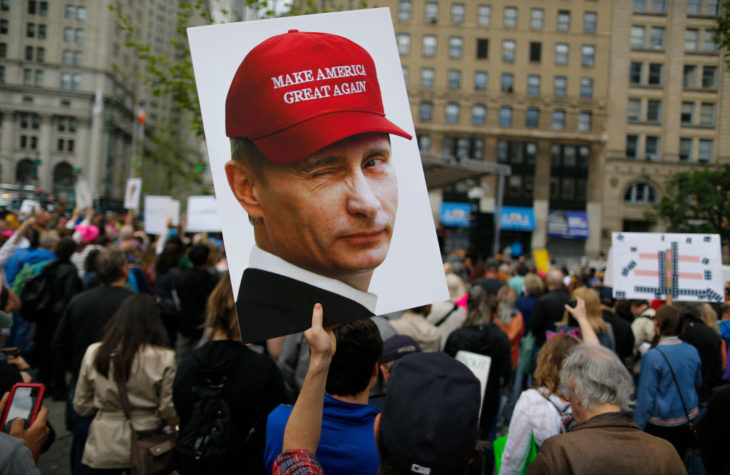
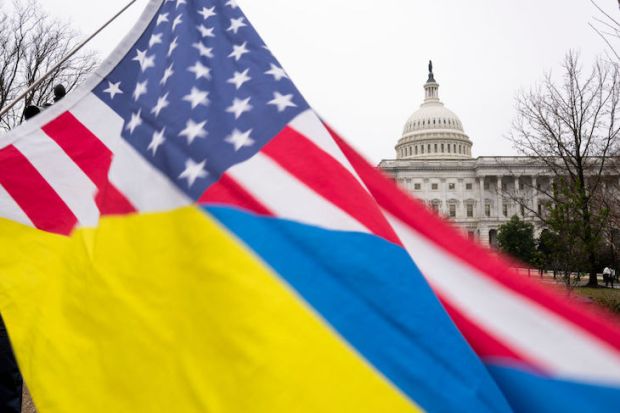
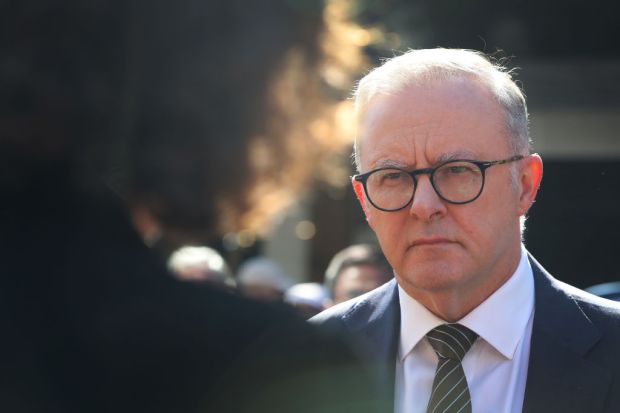

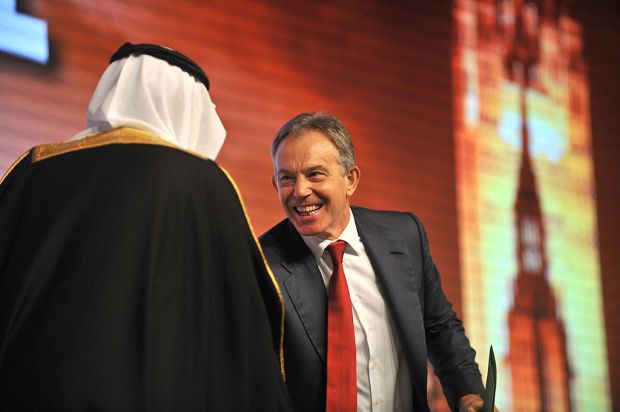
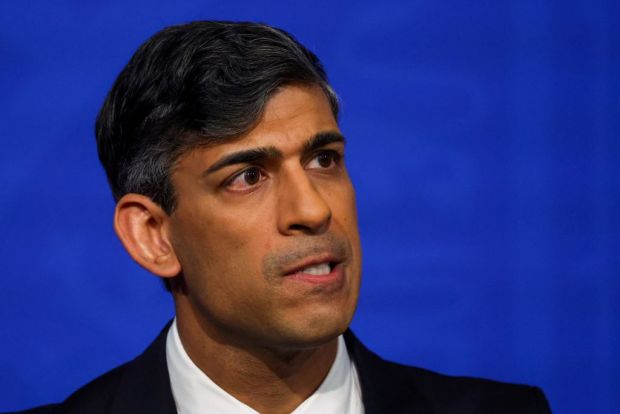












Comments
Don't miss out
Join the conversation with other Spectator Australia readers. Subscribe to leave a comment.
SUBSCRIBEAlready a subscriber? Log in